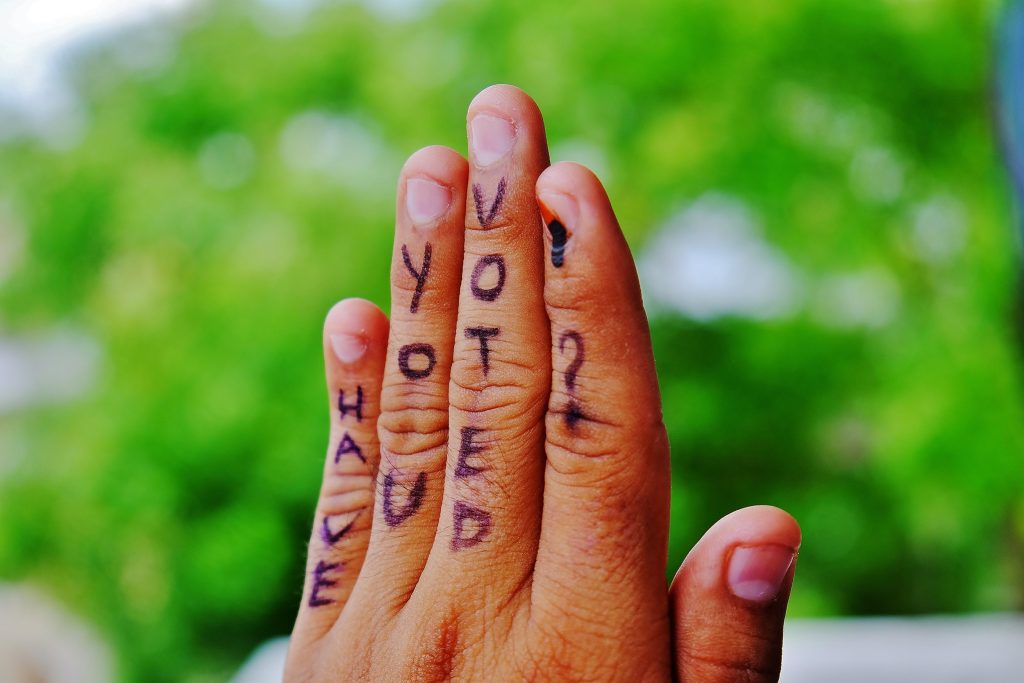The Indian elections have ended, and Narendra Modi has been sworn in for a third term. However, the opposition alliance (‘INDIA’) proclaimed the ‘moral and political defeat’ of Modi in these elections. Why?
During the election campaign, Modi’s party, the BJP, and his ruling coalition, the National Democratic Alliance (NDA), boastfully campaigned that this time they would win more than 400 seats — Ab Ki Baar 400 paar. The pro-Modi media went into a frenzy for the slogan and immediately started projecting ‘400 seats’.
The popular discourse obsessively revolved around precisely this question: Will the NDA win 400 seats? Everyone seemed to ignore the basic fact that only 270 seats are needed to form the government.
So when the BJP won 240 seats, and the NDA 293 seats, it came as a surprise. And it’s true: for the first time in ten years, Modi would have to govern not with an absolute majority but with a coalition.
Yet if one reads only the liberal media coverage of these results, it sometimes seemed like the opposition, not Modi, had won.

Finger marked with indelible ink, parliamentary elections in India. Image by Simply CVR via Flickr
Many pundits heralded the triumph of democracy, and the defeat of Modi’s authoritarianism. Pratap Bhanu Mehta, an influential liberal commentator, argued that ‘the air of despondency, the suffocating shadow of authoritarianism, and the nauseous winds of communalism have, at least for the moment, lifted.’
But here are the simple facts of the election: BJP won 240 seats and the oppositional alliance 232 seats. BJP essentially retained 36 per cent of the total electoral vote share from the 2019 election, while the opposition alliance got 21.19 per cent.
This result is certainly a setback for Modi, the BJP, and the Hindu nationalist Right more broadly; it is certainly a respite for opposition forces. But it would be foolhardy to celebrate this moment as a victory.
Sober analysis of the Left
At this moment, I offer three observations about the difficult path forward for Indian democracy.
First, some good news: the poor, the Muslims, the Dalits, and the ‘Other Backward Classes’ – the socially marginalized and oppressed sections of India’s population – voted against the Modi regime. The oppositional alliance, campaigning on issues of welfare, jobs and constitutionalism, was effectively able to mobilize these sections against Modi’s authoritarianism. This was a much-needed course correction for the liberal Left: a renewal of a social-democratic political discourse.
Second, a more sobering fact: the percentage share of the pro-Modi vote did not drop. There are two inferences to draw from this, one optimistic, one pessimistic. The optimistic inference is that the oppositional alliance developed a remarkably effective seat-sharing pact among the member parties to convert vote share into seat wins. This is no mean feat, given the alliance is ideologically diverse and full of prominent political personalities, with accompanying cliques and cults.
The pessimistic inference is what I had argued before the election: Hindu nationalism has achieved hegemony. There is a consolidated Hindu voting bloc on which the Hindu nationalist forces can rely for electoral victories despite alienating vast sections of India’s poor and marginalized. It means that electoral competition in India now occurs substantively over only 65 per cent of the electorate, outside the Hindu voting bloc – mostly the poor and voters in those peripheral states where subnational and regional identities dominate. The challenge for the opposition going forward will be to play a defensive battle to keep BJP limited to their 35 per cent vote share and below the absolute majority in terms of seats.
My third observation is that there are emerging fractures inside the ruling dispensation. There are two aspects to this. Firstly, the excessive party centralization under Modi is creating fissures inside the party by alienating both party cadres and the Hindu nationalist volunteer organizations that typically provide mobilization support to the BJP. Secondly, the BJP’s coalition partners, the Telugu Desam Party (TDP), from the state of Andhra Pradesh, and the Janta Dal-United (JDU), from the state of Bihar, will certainly limit the room for Modi to manoeuver. This will generate a classic dilemma for the BJP — does it advance strongly Hindu nationalist politics or make compromises with partners who have different regional interests? The former will jeopardize Modi’s coalition, the latter will dissatisfy his Hindu base. This coalitional constraint on Modi will be his biggest challenge in the third term.
The next steps for India’s left/liberal opposition will not be simple. The first, minimal requirement will be for the INDIA alliance to remain unified, rather than disintegrating petty disagreements.
The next task will be to apply relentless pressure on all authoritarian practices and Hindu nationalist policies of the government. This includes both supporting civil society protests against the regime and constantly publicizing governmental failures. At the same time, the opposition should continue to mobilize the class and caste poor of India and to advocate for regional and subnational issues and concerns — this is the defensive battle for the 65 per cent of the electorate. The goal is to prevent Hindu nationalists from drawing in the poor Hindu, Dalit, and OBC (‘other backward classes’) groups into the Hindu voting bloc organized against Muslims. An encouraging demonstration by the opposition of the medium-term goal was the high representation of OBCs (specifically lower OBC), Dalits, and Muslims on its list of election candidates; the BJP candidates were mostly upper-caste Hindus.
A longer-term task for the Indian opposition is to grow a more substantial voting bloc around issues of inequality and constitutional freedoms. Politicization of caste, class, and regional/subnational inequalities are the key components of the long-term task: it must entrench and deepen the social-democratic discourse it devised during the elections — and make value commitments to equality and freedom seem like common sense. Whenever the opposition alliance forms governments at state elections, they ought to campaign and then govern according to these principles.
In the abstract, these goals should be attainable. Unfortunately, the current opposition alliance is full of opportunistic, shortsighted, and corrupt politicians. That the Indian Left has been so eager to celebrate Modi’s setback as a significant victory strikes me as a sign of weakness. Real progress will be sober analysis, by more farsighted leaders, of the challenges ahead.
Until then, democracy in India will continue to be on life-support.
This article was first published by Public Seminar on 24 June 2024.















